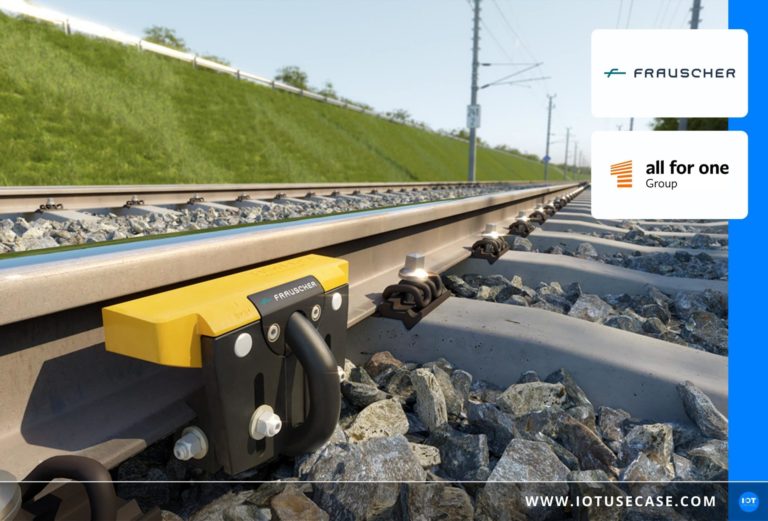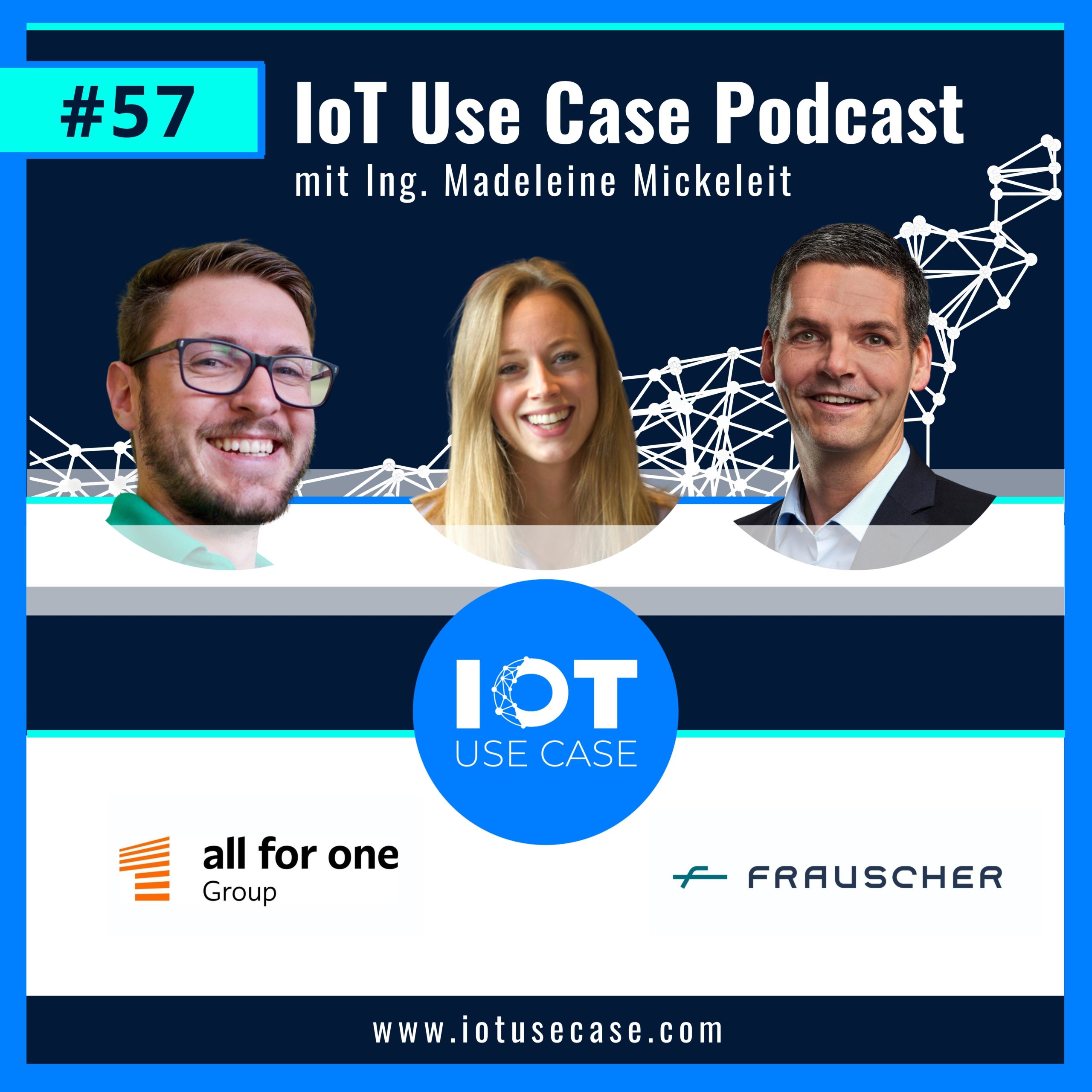CDE Engineering, a subsidiary of the digitization partner All for One, is a one-stop store for customized software and IoT solutions. It networks edge components with legacy systems via the cloud. Using the example of the RMD project (Remote Maintenance Display) at Frauscher Sensortechnik GmbH, we show below what such a project can look like in practice and what added value results from it.
Frauscher Sensortechnik GmbH is a sensor manufacturer and specialist for safe railroad operation, in particular for axle counters. Frauscher’s end customers are rail operators such as DB or ÖBB, but also operators of subways or commuter trains. However, Frauscher’s products are sold via integrators, who offer rail operators total solutions for rail lines – i.e. complete systems for rail operations incl. signaling technology, etc. Due to the high safety relevance, complex legal requirements apply to this, but these in turn differ at national or regional level.
An axle counter is a sensor mounted on the tracks that detects the passage of a wheel. Locomotive drivers do not drive on sight, but focus on trackside signals that indicate whether he is allowed to enter the next section of track. The boundaries of these sections are monitored by axle counters. If a train has passed a sensor, there is a so-called clearance message, so that the operator knows that there is no (more) train in this section and the next train may enter this section.
The challenge: Identifying erroneous values to avoid line closures
The solution: Analyze axle counter data for proactive service calls
Frauscher initiated the RMD project to increase track availability. The aim of the first step was to use a condition monitoring system to enable better planning of service calls in order to be able to proactively reset faulty sensors before a section of track has to be closed. Frauscher thus offers its end customers, but also the integrators who buy from it, a great deal of additional value in terms of a smart product. In addition, better and faster access to the data collected via the axle counters or their central storage, possibilities for pattern recognition and automatic data analysis etc. should be created, on the basis of which further product improvements can become possible. For this purpose, the first step was to set up a wired, local network, via which the diagnostic data of the axle counters are transmitted in real time from the IPCs installed on the tracks to a central system. Although a cloud solution was already being considered at the start of the project, the high security relevance argued in favor of taking the first steps with a local network. From the very beginning, however, considerations in the direction of predictive maintenance also play a role.

So Frauscher had a concrete idea for a project or an IoT strategy, but not enough technological expertise to tackle this project on its own. That’s why it was crucial to find the right partner who brings technological knowledge of networking, visualization and analytics, thinks proactively in the project and develops the software. Ideally, he should also be able to transfer know-how and build up expertise with the client. This partner was found with the All for One subsidiary CDE Engineering, a specialist in smart products, custom software development and IoT solutions. The project started with a three-day workshop where CDE learned the technology of axle counting sensors to understand the background. Conversely, the CDE was able to show perspectives in this workshop as to which solutions are conceivable. In a SCRUM-based work approach, goals and user scenarios were then jointly defined. Frauscher did have the competencies to evaluate project-related solution and technology approaches in terms of their usefulness for its own core business. But the expertise to further develop these approaches to build a completely new solution platform and implement them accordingly was not available in the initial situation. For example, Frauscher had no web developers – neither in the direction of the frontend with regard to data visualization nor in the direction of the backend, for example with regard to REST APIs, business logic and data analysis. There was also no in-house expertise in microservice architecture. However, this was already essential in the initial phase, since – in order to enable the smoothest possible subsequent cloud migration – the initial local solution was also already based on a microservice architecture. CDE brought these competencies to the project.
The result: partnership cooperation and smart product development
A flexible solution platform was built via the project, which now runs a real-time monitoring system for monitoring the axle counters. This means that Frauscher’s end customers, the line operators, are informed of possible sensor malfunctions at an early stage and can avoid unnecessary line closures by taking countermeasures in good time. Diagnostic data collected via the local network is consolidated centrally and is available for data analytics. This opens up further opportunities for Frauscher to implement data-driven optimizations and services around its products. In this way, new customer groups can be addressed and new business areas can be opened up.
The next step is to migrate the system to the cloud – a step that Frauscher would like to take on its own, after having been able to build up the necessary expertise in-house in the previous project with the support of CDE. Through the RMD project, Frauscher has created a flexibly expandable solution platform that serves as the foundation for its ambitious IoT strategy.








